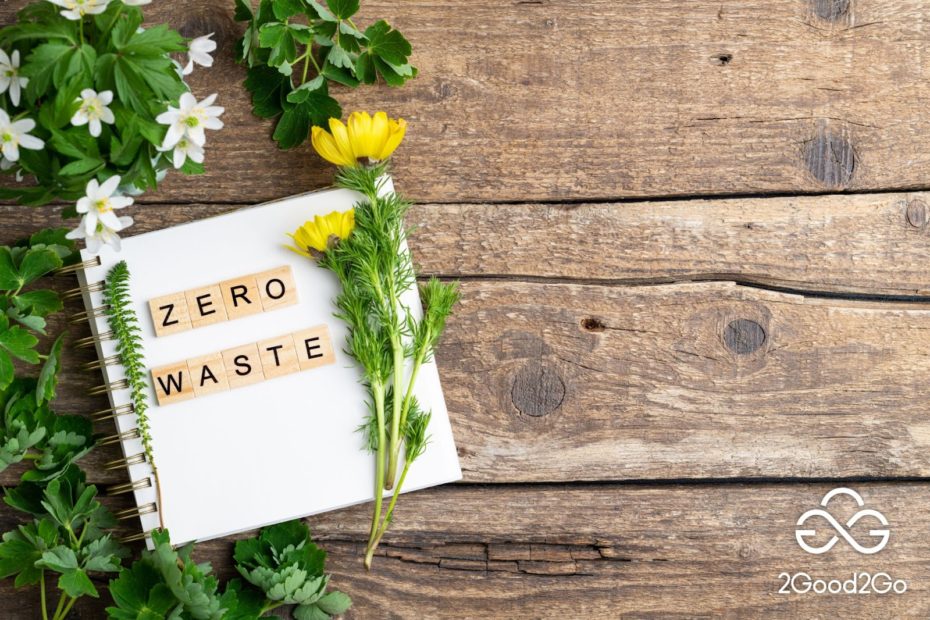The effective implementation of a business model for SMEs that favors the circular economy does not disregard a correct assessment of one’s circularity. Once you know the strengths and weaknesses of your organization, it is possible to design a circular economy system suitable for the specific context. To make it effective, an assessment of circularity is useful, to be carried out differently depending on the sector to which the organization of interest belongs. This is because companies belonging to the manufacturing sector often have very different needs and resources compared to those belonging to the service system.
About the products, the evaluation should consider the following aspects:
Supply
Procurement intends to investigate the level of circularity along the procurement phases of raw materials and semi-finished products, as well as energy and water resources. The use in percentage terms of virgin and recycled raw materials (or semi-finished products), the possible implementation of an order process optimization system, and the possible optimization of the routes for the supply of raw materials were investigated. raw materials (or semi-finished products), the possible minimization of packaging of raw materials (or semi-finished products), and the use, in percentage terms, of packaging, reused from other processes for the storage of raw materials (or semi-finished products). It is also investigated if the logic behind the purchase manifests the organization’s attention to the circular economy. As far as energy and water resources are concerned, their circularity is investigated in percentage terms based on supplies.
Design
The design section intends to evaluate the level of material circularity of companies in the product design phase. The use by companies of guidelines for the eco-compatible design of products and product packaging was investigated, which include indications concerning the “circularity” of materials and waste and any preferences in the choices of planning both towards the use of secondary raw materials and towards the extension of the useful life, the reparability of the product and the management of the end of life of the same. The use of the LCA method in the product design phase is also investigated.
Production
The production section investigates the level of material circularity of companies in the phases connected to the companies’ production activities. The possible implementation of management methods, technologies, and tools for the more efficient use of raw materials, the reuse of production waste in one’s own production process or in other processes, the possible mechanisms for the reuse of wastewater, and energy-saving measures.
Distribution logistics
The distribution logistics section measures the level of material circularity of companies in the logistics and sales point management phase. The activation in percentage terms of forms of reverse logistics upon product delivery, the optimization of deliveries (for example, fully loaded journey of the vehicle, route planning, etc.), and the average transport distance of the product were investigated. the type of means used.
Product use/consumption
The use and consumption phase concerns what happens to the product after it leaves production until its end of life. This period, defined as useful life, is evaluated in terms in which the company takes steps to ensure that use is as sustainable as possible. This is done through communication and providing an equivalent service that can replace the product itself.
End-of-life management
The collection and recovery section aims to determine the level of material circularity of the companies in the waste management phases. In this section, the quantities in percentage terms of waste sent for material and energy recovery, any collection/repair/replacement services for damaged components (in addition to those required by law) to increase the life profit of your finished product.
As far as services are concerned, the aspects to be assessed are:
Supply
The procurement section intends to investigate the level of circularity along the procurement phase; that is, this section investigates whether the purchases of materials/instruments come from the recovery/regeneration/reuse/recycling supply chains, if ordering process optimization systems have been implemented to avoid waste.
Service design and delivery
The service design intends to evaluate the level of circularity of organizations in the design phase of their activities, mainly through the use of references and guidelines able to better guarantee the minimization of the environmental effects of its activity.
The service delivery section intends to investigate whether the company adopts innovative solutions for the delivery of its services (solutions that make the use of raw materials, energy, and water more efficient, etc.), whether the company uses efficient its structures, and finally if there is an involvement of its employees in the process of improving corporate circularity.
End-of-life management
The last section investigates waste management by asking about the percentage of waste collected separately and sent for material and energy recovery. It should be also asked whether products that were no longer used were handed over to third parties
The Guidelines for an Action Plan for circular economy for SMEs can be downloaded in the “results section” of the project website (https://www.2good2go.eu/).
